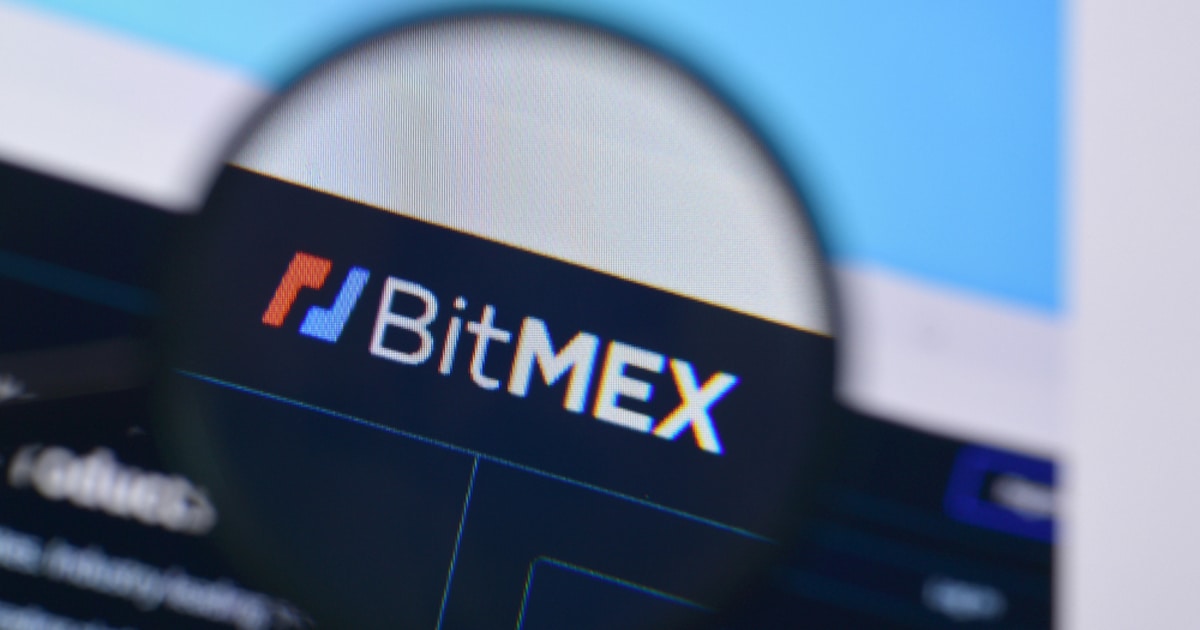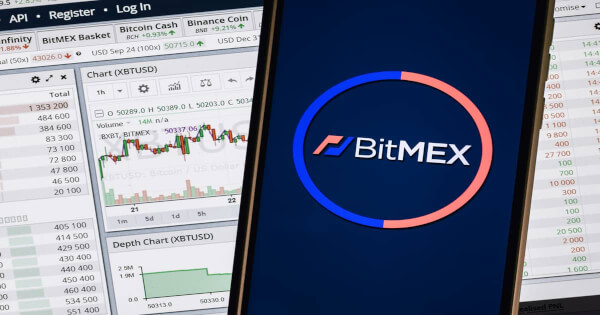
Quadratic funding is a new approach to crowdfunding that incentivizes smaller contributions and promotes the funding of diverse, high-quality projects.
What role could blockchain technology play in the future of quadratic funding?
In the future, blockchain technology has the potential to significantly enhance the effectiveness and efficiency of quadratic funding.
Blockchain technology can alleviate some possible issues and restrictions with the present system by offering a safe, open, and unchangeable record of donations and funding distributions. Blockchain-based smart contracts can automate the entire funding process, lowering the risk of abuse and system manipulation and ensuring that funds are distributed equitably and openly.
Additionally, the decentralization enabled by blockchain technology can increase the accessibility of quadratic funding for smaller, less-resourced groups and the participation of more diverse communities. In light of this, blockchain technology can potentially be an important tool for supporting diverse, high-quality content and quadratic funding in the future.
Blockchain can enable the creation of tokens that represent contributions to a project, allowing for more efficient tracking and transfer of funds. Moreover, a distributed ledger effectively generates a digital asset that can be tracked and transferred more effectively when used to produce tokens for donations to a project. These tokens, representing a contributor’s interest in the project or overall financing pool, can be used as currency.
Contributors who use tokens can more easily keep track of their efforts and, if they so desire, transfer their tokens to other contributors or different projects. By providing donors with an actual physical representation of their commitment to a project, tokens can also aid in encouraging donations.
What are the advantages and disadvantages of quadratic funding?
Quadratic funding has the potential to be a valuable tool for motivating a variety of contributors, encouraging top-notch work and limiting the impact of significant funders. Careful consideration must be given to its design and implementation to overcome potential drawbacks, including assessing impact and the possibility of misuse.
Here are the advantages of quadratic funding:
- Encourages a wide variety of contributors: Quadratic funding can encourage a wide range of people to donate, regardless of their financial resources, by providing matching funds for little contributions.
- Incentivizes high-quality work: Quadratic financing can encourage the production of high-quality work by rewarding contributions that generate a lot of positive feedback from the public.
- Reduces the influence of large donors: Quadratic funding can lessen the impact of wealthy donors with predetermined goals or biases that could skew the distribution of funds.
- Supports transparency: By making it apparent how donations are distributed and enabling users to follow the development of funded projects, quadratic fundraising platforms can be created to encourage openness.
Although quadratic funding has many pros, it has some disadvantages too:
- Difficulty in measuring impact: Impact measurement is problematic because it can be arbitrary and complicated, making it challenging to distribute resources wisely.
- Possibility for abuse: There is a chance that dishonest people will try to take advantage of the quadratic funding scheme by forging donations or working together to raise their own contributions.
- Lack of diversity: The types of materials that obtain funding under quadratic funding may still be influenced by the prejudices and preferences of the larger community.
- Need for infrastructure and resources: Establishing a quadratic fundraising system involves costly infrastructure and investment to build and maintain the platform — and inform and entice potential donors — limiting its accessibility to people or organizations with the financial resources to fund it.
How can quadratic funding support journalism?
In theory, quadratic funding could be an effective way to support journalism by encouraging a diverse range of people to contribute to creating news and sharing information.
Regardless of their financial resources, a broad spectrum of people can be encouraged to contribute to journalism through quadratic funding. By increasing the diversity of viewpoints and voices in journalism, the quality and usefulness of the information can be improved.
Quadratic financing can encourage journalists to create high-quality content by paying for efforts that garner community support. This incentivizes the production of journalism of the highest caliber. Accuracy, depth and investigative reporting can be encouraged, resulting in better informed, involved citizens.
Large donors who might have predetermined goals or prejudices that could skew journalism’s messages and content can be less influential because of quadratic funding. Quadratic funding can ensure that the allocation is more representative of the community’s views and interests by depending on a wide base of modest donations.
Quadratic fundraising platforms can encourage transparency by making it obvious how donations are distributed and enabling users to follow the development of funded projects. This can boost public confidence in journalism and foster closer ties between journalists and their readers.
While quadratic funding encourages a diverse range of contributors, promotes high-quality content and lessens the influence of large donors, it also has drawbacks, such as difficulty determining the impact of journalism, the possibility of abuse, a lack of diversity, and the need for infrastructure and resources. Notwithstanding these difficulties, quadratic finance has the potential to be a useful instrument for sustaining journalism, but its conception and application need to be carefully thought out.
How quadratic funding democratizes funding for public goods?
Unlike traditional fundraising, which tends to favor large donors, quadratic funding is designed to match small donations with a larger pool of funds to give everyone an equal voice in deciding which public goods to fund.
At its core, quadratic funding relies on a straightforward formula that pairs modest contributions with a bigger pot of money to reward well-supported initiatives with more funding. The formula is set up to give smaller donations greater weight, leveling the playing field and ensuring public goods are funded based on community support rather than the interests of a small number of affluent donors.
The following steps demonstrate how quadratic funding can democratize funding for public goods:
- Create a matching pool of funds: Money is set aside in a matching pool used to match donations made for public goods.
- Invite community support for donations: The community is encouraged to contribute to the public assets they value.
- Use a quadratic formula to distribute matching funds: The matching pool of funds is distributed using a quadratic formula that gives smaller contributions more weight. The quadratic formula, for instance, would give the project with 100 donations of $10 each more matching funds because it has more favored donors than the project with 10 donations of $100 each.
- Distribute funds to public goods: The matching funds are then distributed to the public goods based on the formula’s allocation.

Quadratic funding can aid in ensuring that open-source software projects and other public goods receive funding in line with their appeal and value to the community by democratizing allocation.
Smaller projects that might not have the backing of major funders but are nonetheless significant to the community can significantly benefit from this. In addition, by enabling developers to pool resources and work on joint projects, quadratic funding can encourage cooperation and teamwork among developers.
What is quadratic funding?
Quadratic funding is a democratic crowdfunding mechanism that aims to promote fair, inclusive funding for public goods, such as open-source software, scientific research and public art projects.
The idea behind quadratic funding is to combine modest individual contributions with larger matching sums from sponsors or contributors. With quadratic funding, each donor’s contribution is matched by the total amount generated, the number of distinct contributors and the total amount donated.
As a result, contributions made by more people are matched more generously than contributions made by fewer people. This strategy encourages a more significant number of modest donations rather than a limited number of significant ones from affluent individuals or organizations to improve diversity and fairness.
As quadratic funding adheres to the principles of decentralization and community involvement, it has become increasingly popular within the blockchain and cryptocurrency communities. Quadratic funding guarantees that funding is allocated more equitably and transparently, with decisions made based on the will of the community rather than the interests of a few wealthy donors, incentivizing small payments from a large number of people.
For instance, the Gitcoin platform uses a quadratic formula to allocate funds, which rewards projects that receive a high number of small contributions. This promotes the funding of smaller, underrepresented projects and helps support the open-source community’s growth and development.

You can get bonuses upto $100 FREE BONUS when you:
💰 Install these recommended apps:
💲 SocialGood - 100% Crypto Back on Everyday Shopping
💲 xPortal - The DeFi For The Next Billion
💲 CryptoTab Browser - Lightweight, fast, and ready to mine!
💰 Register on these recommended exchanges:
🟡 Binance🟡 Bitfinex🟡 Bitmart🟡 Bittrex🟡 Bitget
🟡 CoinEx🟡 Crypto.com🟡 Gate.io🟡 Huobi🟡 Kucoin.



















Comments